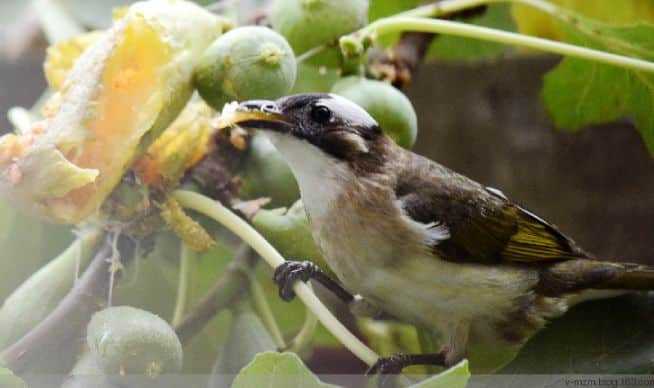Birds are a common sight in our daily lives. Some people adore them, while others find them bothersome. For most farmers, it’s the latter. Take vegetable farmers, for instance. They often face two situations: First, right after sowing, birds might dig up the soil to eat the vegetable seeds. Second, when vegetables or fruits are ripe but not yet harvested, birds might peck at them.
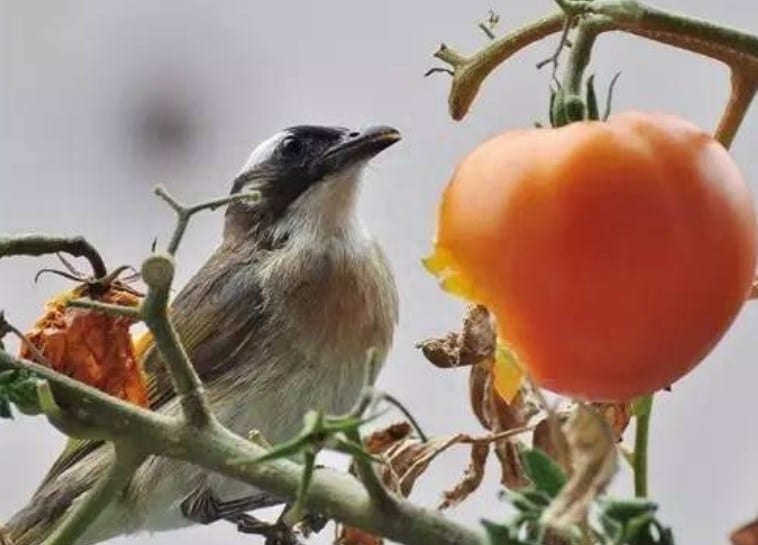
Bird eating tomato
Each year, this bird issue troubles numerous farmers and gardeners. As a producer of agricultural netting, we get many questions from our customers on safeguarding crops from birds. Over the ages, various solutions have been explored. Yet, finding the right balance between cost and effectiveness is tough for the average farmer.
To clarify the different methods available, we’ll dive into six detailed measures in this article. This way, you can pick the best approach to protect your vegetables from birds based on your unique circumstances.
3 Affordable Methods to Protect Vegetables from Birds
Looking for simple and cost-effective ways to deter birds from your veggies? Here are three tried-and-true methods suitable for small farms or home gardens.
1. Reflective Strips
After planting vegetables, place sticks around the area and tie reflective strips or types of reflective tools to them. The sun’s reflection can irritate birds’ eyes, preventing them from feasting on your crops. This method is quite popular, especially when the wind changes the angle of the reflected light, making it harder for birds to adapt. Plus, these reflective strips are affordable, costing just about $0.016 per foot, and even cheaper in bulk. Give it a try!
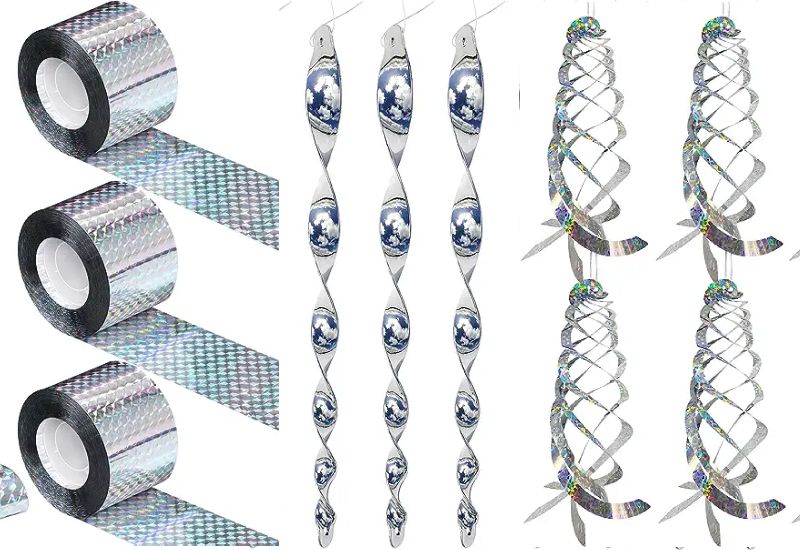
Reflective strips and tools for birds
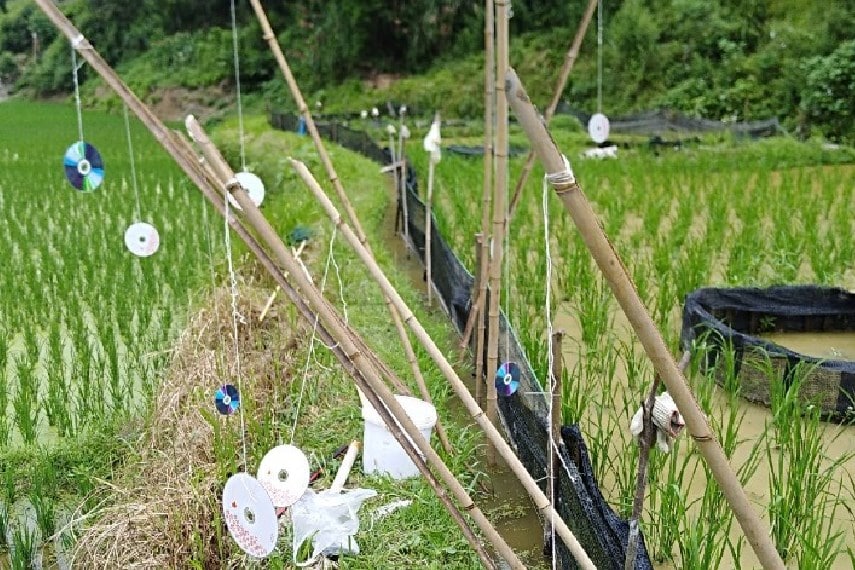
Reflective CD to scare bird
2. Cloth Strips
This age-old tactic involves tying cloth strips to sticks placed near the crops. When the wind blows, the cloth moves, deterring birds from coming close. However, it’s most effective for smaller plots or home gardens. For larger areas, it’s not as efficient. Too few strips won’t work, while too many can be labor-intensive.

Cloth strips for birds
3. Beer Bottles
After sowing, insert sticks around your garden and hang empty beer bottles or any noise-making items on them. The wind will cause them to clang together, scaring off the birds. You can use beer bottles, tin pieces, or anything similar.
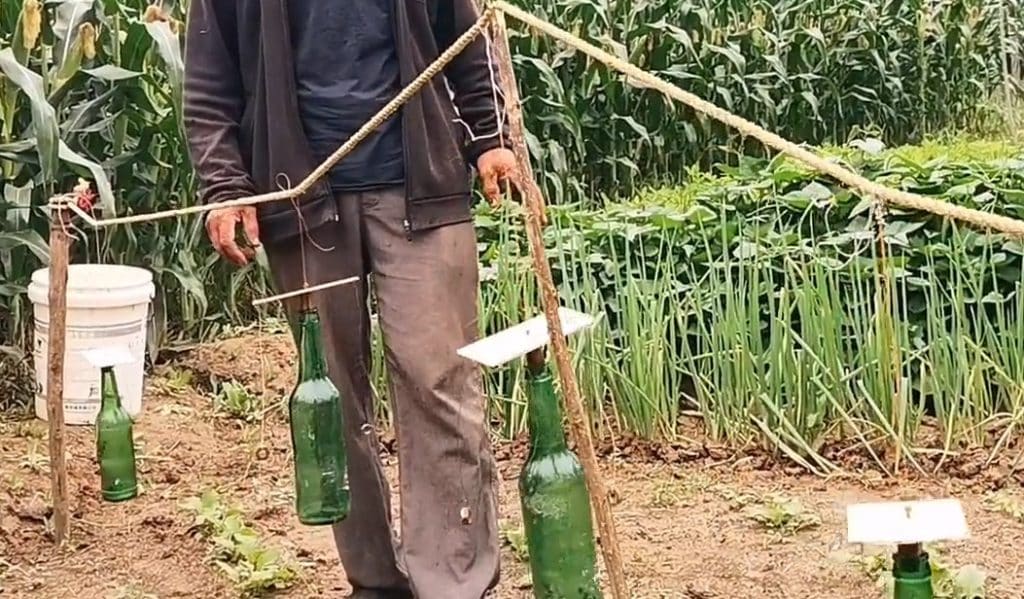
Beer bottles are used to stop birds from eating vegetables
While these methods can be helpful, their effectiveness can wane over time. As many experienced farmers note, birds can adapt quickly. Within a few days, they might get used to the deterrents. Other similar ideas include scarecrows and kites, which work on the same principle.
3 Effective Methods to Stop Birds from Eating Your Vegetables
For large-scale vegetable farming, simple DIY solutions might be too labor-intensive. Here are three more effective, but pricier, methods suitable for both small & larger areas.
1. Bird Netting
Among all bird deterrent methods, bird netting is perhaps the most effective. It involves installing nets all around the planting area, ensuring birds can’t get in and damage your crops. However, the cost can be significant. Depending on the mesh size and material, the price can range from $0.01 to $0.06 per square foot. Therefore, for low-profit crops, it might not be feasible to net the entire area.
Get bulk bird-netting at factory prices from INSONSHADE >>
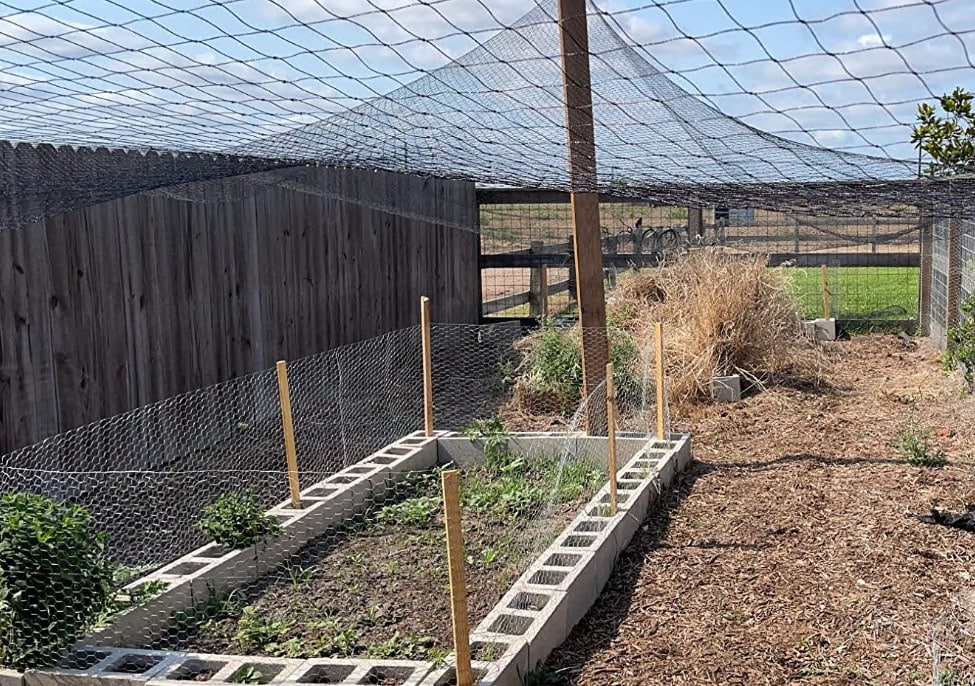
HDPE bird netting
2. Bird Repellent
Many repellents available today, essentially a type of pesticide, emit a scent that drives birds away. Made from natural ingredients and processed into a formula, they release a unique fragrance affecting birds’ nervous and respiratory systems. Once the birds encounter this scent, they tend to remember and avoid it. Using bird repellents is becoming popular.
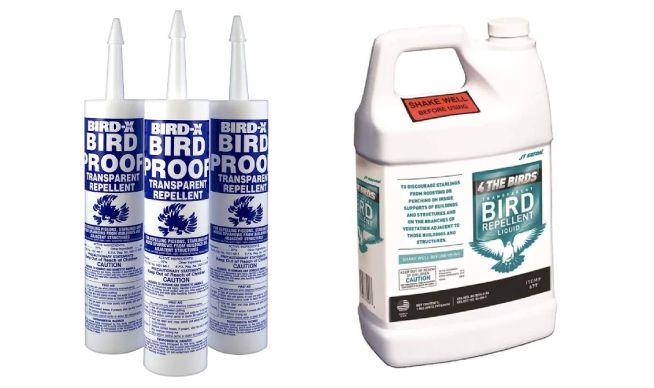
Bird Repellent
Some farmers find them very effective, while others think they’re just okay. It might be worth a try if you’re curious.
3. Bird Deterrent
These devices have gained popularity recently, with many being solar-powered. There’s a range to choose from, such as ultrasonic bird repellents or voice-activated ones. For home use, the prices can vary, ranging from a few dollars to several tens of dollars per device.
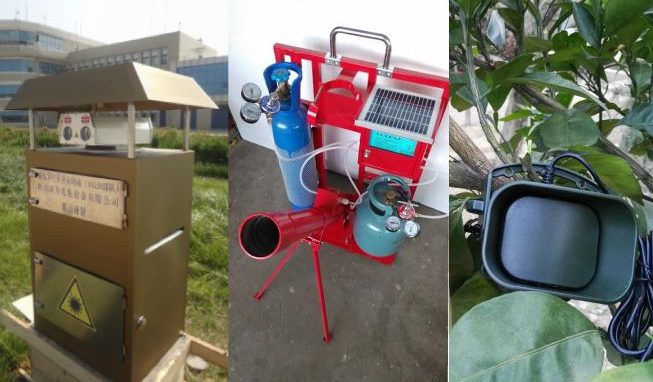
Bird Deterrent for farming
According to farmers who’ve tried them, some devices emit predator sounds, which can be tailored to specific bird species. Others, like ultrasonic devices, cover a broader spectrum. The results can be mixed, with some users finding them highly effective, and others noticing diminishing returns over time.
Other Methods
Beyond the six methods mentioned, some suggest using poisoned bait in vegetable gardens to lure and harm birds. This approach is not advisable and could be illegal in severe cases. Also, using firecrackers and guns, as some online sources suggest, isn’t a good idea either.
Conclusion
Dealing with birds, whether in vegetable gardens or other farms, is a challenging issue for many. There’s no one-size-fits-all solution when considering practicality and costs. However, combining multiple methods, like using bird repellents while hanging reflective strips, might be the way to go. Implementing 3-4 strategies simultaneously can help you effectively keep birds away from your crops.
